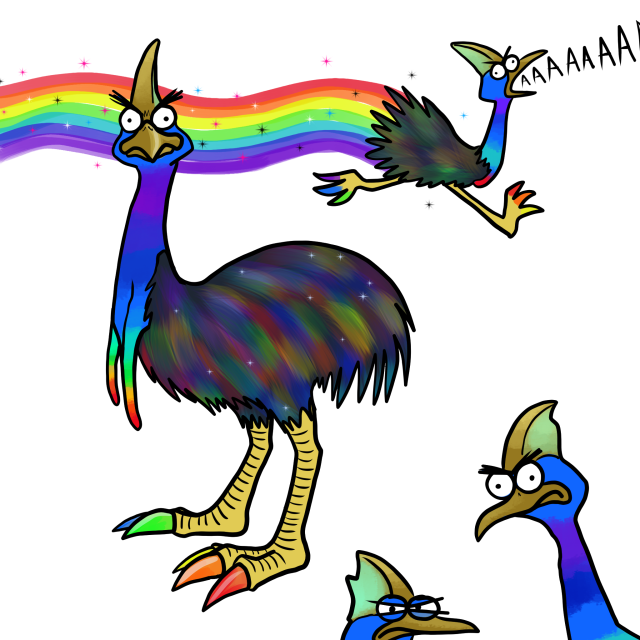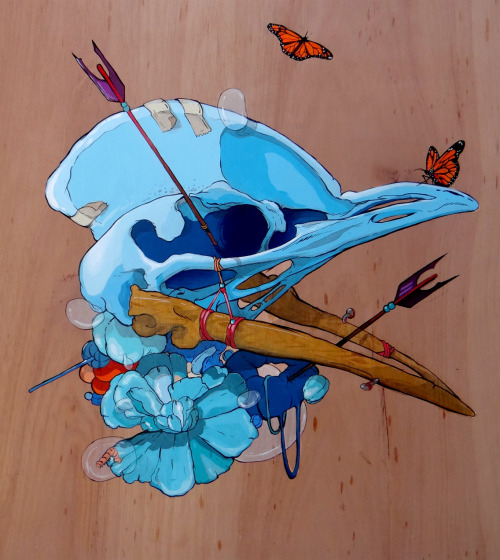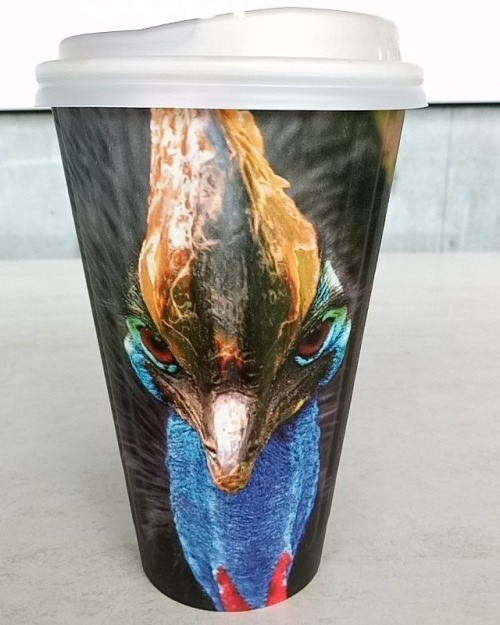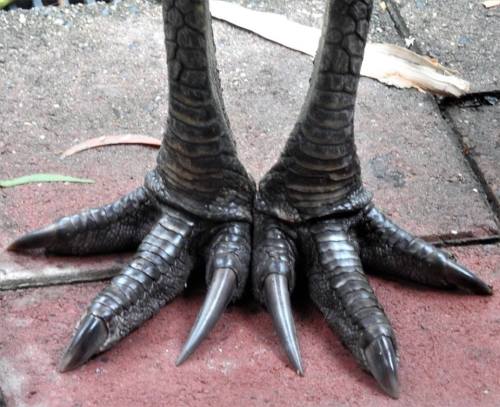#cassowary

drawing some animals
Day 3 of 31 #SkullyJuly #SkullyJuly5 #SkullyJuly2018 #skull #animalskull #cassowaryskull #cassowary #birdskull #bird #illustration #drawing #artwork #picture #artsy #instaart #instaartist #ipadpro #gallery #instagood #graphic #milkassketchbook #okmilka #ok
Post link


Nature Is The Greatest Show ! You can find these impressive ratites in our Living Planet gallery: the Southern #Cassowary (Casuarius casuarius, left) and the Northern Cassowary (Casuaris unappendiculacus, right). In the wild, they can only be seen on Pacific islands such as Australia and New Guinea.
Their wings are too small to be able to fly, but thanks to their long and powerful legs, they can run up to 50 km/h, jump, and swim. Cassowaries are also characterized by their ‘helmet’, covered with a thick layer of keratin. Its function is uncertain. The casque could reveal a bird’s age or dominance, or be used as a sort of helmet or shock absorber. The helmet may also play a role in the perception or production of sounds, as the birds can communicate at a very low frequency that humans cannot perceive!
These birds can grow up to 1.80m tall, and the female is usually taller. Females are dominant. She chooses the male with whom she will mate, and it is the male who looks after the young for a year. During this period, the male can be particularly aggressive. The cassowary is considered to be one of the most dangerous birds in the world: it has a sharp claw measuring almost 12 cm, like daggers, and it can attack humans.
However, they feed mainly on plants and fruit, which they can swallow whole. By spreading their excrement, containing seeds, they help to reproduce the plants they eat. Their excrement also acts as fertiliser, which helps to preserve the rainforest. Casoars are therefore essential to the biodiversity of the islands of Oceania. Today, there are an estimated total of 20,000 to 49,000 adult Southern Cassowaries and 10,000 to 20,000 mature Northern Cassowaries. Both species are classified as 'Least Concern’ by the IUCN.
The third cassowary species - the Dwarf Cassowary (Casuarius bennetti) - is also considered safe. It does not have a “wattle” hanging down from its neck like the Southern Cassowary (two) and the Northern Cassowary (one).
Come and admire the cassowaries and 800 other animal species in our Living Planet gallery.
[Picture montage of the three extant species by PaleoNeolitic - Wikimedia Commons]
08_POLAR CASSO BEARbyNekoCitron
Today I get : POLAR BEAR x CASSOWARY
And here is the result : POLAR CASSO BEAR ! X)
Post link

The “horn” on a cassowary is known as a casque. Scientists have yet to determine its exact purpose, but hypotheses range from heat dispersion to hearing enhancement to helmet.

Gotta love cassowaries!





